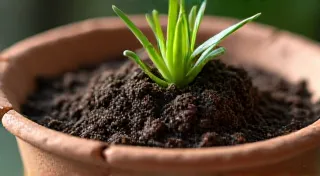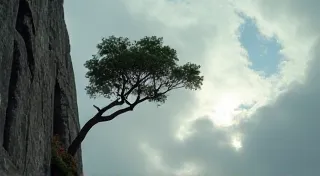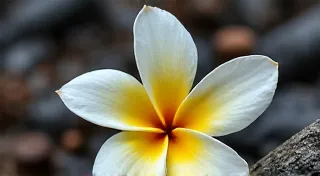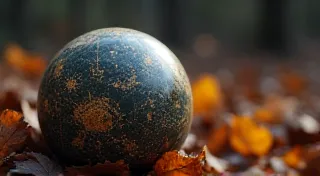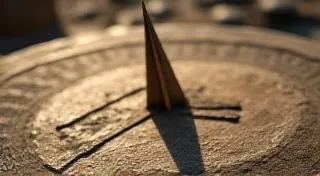The Bean's Oracle: Deciphering Growth Patterns as Nature's Signposts
There's a certain melancholy beauty in things that have weathered time, objects that whisper stories of generations past. Think of an antique accordion, its bellows cracked, keys worn smooth by countless hands. The craftsmanship is undeniable; the complexity of its design, breathtaking. It's a musical instrument imbued with a history not just of melodies played, but of lives lived, cultures shared, and dances celebrated. Just as the accordion's tone is shaped by its age and the nuances of its construction, so too are heirloom beans shaped by centuries of adaptation to specific places and people. And, unexpectedly, they can also teach us a thing or two about the world around us, serving as a kind of silent oracle reading the language of the land.
My fascination with heirloom beans began not in a garden, but in a dusty antique shop. Amongst the forgotten treasures, an old seed packet – "Kentucky Wonder Heirloom Beans" – caught my eye. The faded illustration of robust, climbing vines spoke of a time when seeds were saved and shared, carefully passed down through families. It felt like holding a piece of living history. Little did I know, that single packet would unlock a deep appreciation for bean growing and a new way of observing the natural world.
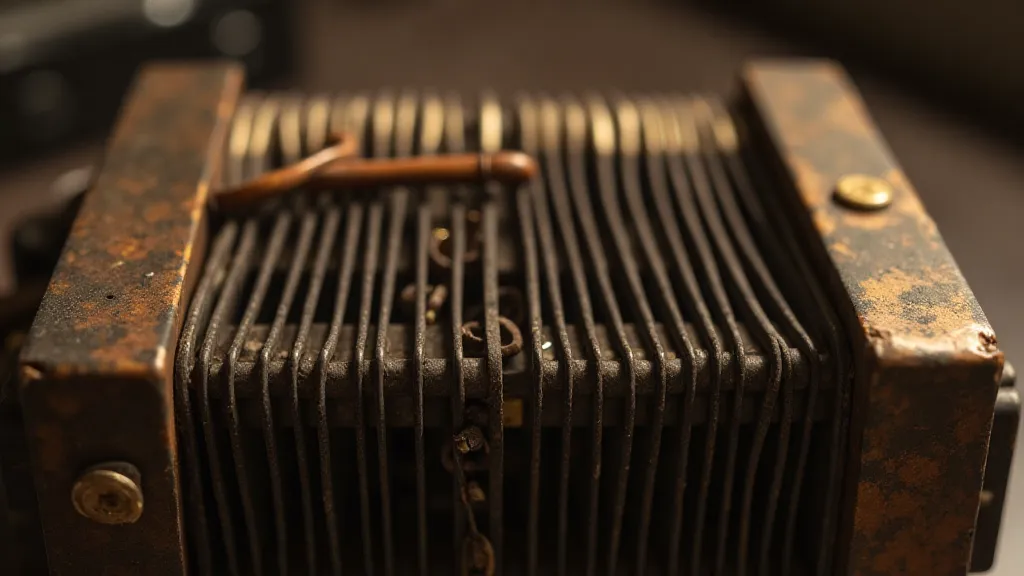
Understanding Heirloom Beans: A Legacy of Flavor and Adaptation
Unlike modern hybrid varieties bred for uniformity and shelf life, heirloom beans have been cultivated and saved for at least 50 years, often much longer. They represent a direct link to our agricultural heritage, offering a staggering diversity of shapes, sizes, colors, and flavors that simply aren't available in the supermarket. Consider the Scarlet Runner Bean, with its vibrant red flowers and long, slender pods, or the Jacob’s Cattle Bean, a stunning mottled masterpiece. Each bean variety carries within it the story of the place and people who nurtured it.
The key distinction is that heirloom seeds reliably breed true – meaning if you save seeds from a Scarlet Runner Bean, the next generation will be Scarlet Runner Beans. This isn't always the case with hybrids, which can exhibit unpredictable traits. This generational consistency also means they’ve naturally adapted to local conditions over decades, offering clues to the land's subtle voices.
The Bean's Oracle: Reading the Signs
It started subtly. I noticed my Kentucky Wonder beans, typically vigorous climbers, were struggling one year. The leaves were pale, the pods smaller than usual. Initially, I blamed my inexperience. Then, an older neighbor, a seasoned gardener who’s tended the same plot for over 70 years, pointed out something significant: the local well water had noticeably lower mineral content that year, a pattern he hadn't observed in decades. The beans, deeply connected to the land, were showing the strain. They were whispering a story about a change in the underlying geology, a shift I would have entirely missed without their silent testimony.
This experience opened my eyes to the power of observation. The way beans sprawl, the color of their leaves, the speed of their growth - these aren't just signs of success or failure; they’re indicators of broader environmental trends. A late-season frost might stunt their growth, a drought might cause them to produce fewer pods, and a sudden influx of moisture might trigger an explosion of growth.
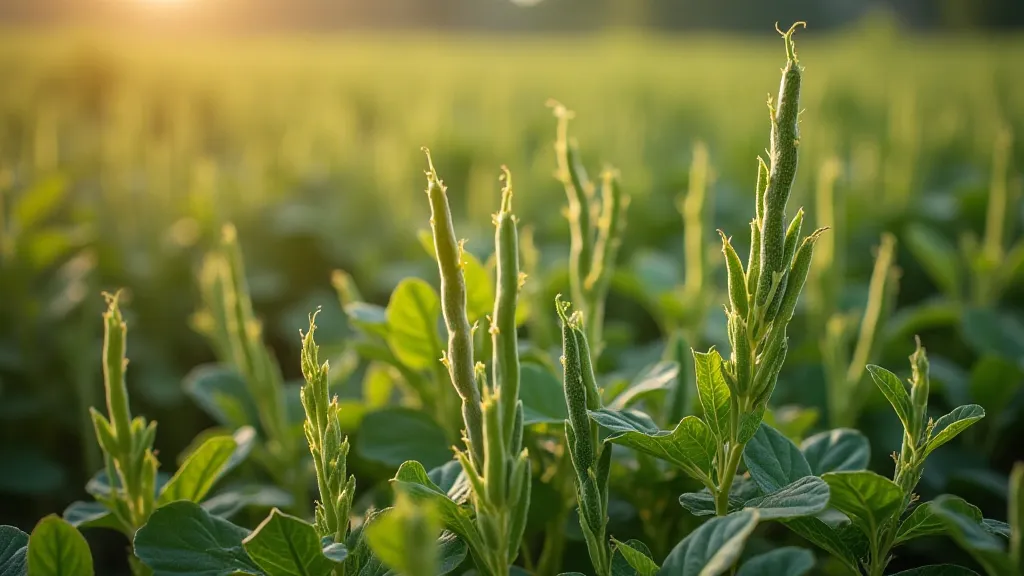
Essential Bean Growing Practices: A Foundation for Observation
Before you can truly decipher the bean’s oracle, you need a solid foundation in basic bean growing practices. Here are a few essentials:
- Soil Preparation: Beans prefer well-drained soil, rich in organic matter. Amend your soil with compost before planting.
- Sunlight: They thrive in full sun – at least 6-8 hours of direct sunlight per day.
- Planting Time: Wait until the soil has warmed to at least 60°F (15°C).
- Support: Many heirloom varieties are climbers and require trellises or poles.
- Watering: Consistent watering, especially during flowering and pod development.
- Pest and Disease Management: Practice crop rotation and companion planting to minimize problems.
Beyond these basics, pay attention to the tiny details. Are the tendrils curling tightly or weakly? Are the leaves uniformly green or displaying spots or discoloration? Are the flowers abundant or sparse? These are the clues that will reveal the land’s secrets.
Beyond the Garden: Connecting Beans to Ecological Trends
The insights gained from observing heirloom bean growth extend beyond the immediate garden. They can provide a nuanced understanding of broader ecological trends.
- Soil Health: Changes in bean growth can signal shifts in soil nutrient levels or microbial activity.
- Weather Patterns: Unexpectedly early or late harvests can indicate changing climate patterns.
- Pest and Disease Pressure: Sudden outbreaks of pests or diseases can be a sign of ecosystem imbalances.
- Biodiversity: The presence or absence of pollinators and beneficial insects directly impacts bean yields and health.
Think of the antique accordion again – its sound is inextricably linked to the wood it’s made of, the leather of its bellows, and the skill of the craftsman. Similarly, a bean’s growth is intrinsically linked to the health of the soil, the quality of the water, and the harmony of the surrounding ecosystem. It's a miniature mirror reflecting the larger world.
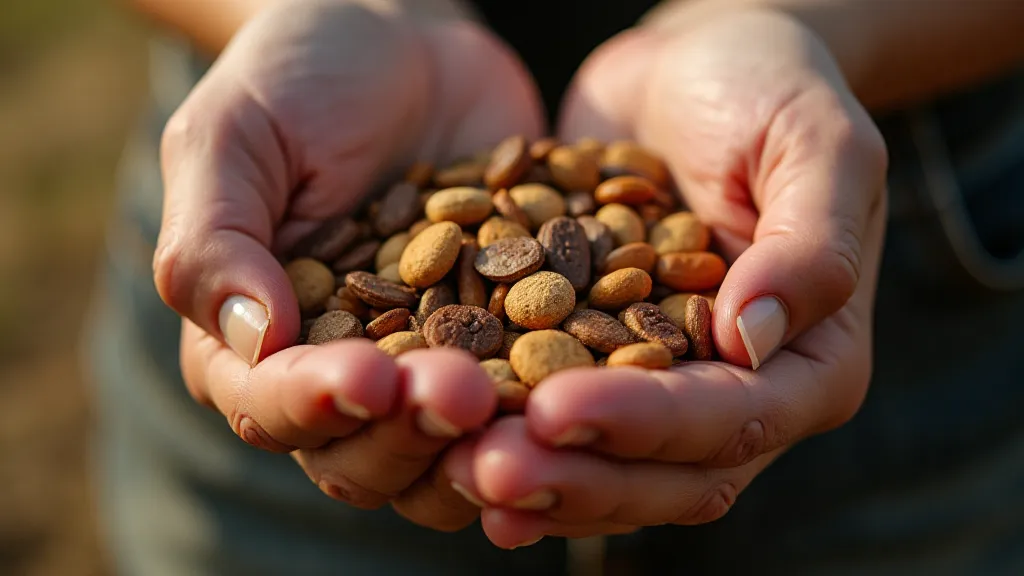
A Continuously Unfolding Story
Growing heirloom beans isn’t just about harvesting delicious food; it’s about engaging in a continuous dialogue with the land. It’s about rediscovering a deeper connection to our agricultural heritage and gaining a new appreciation for the intricate web of life. And, much like meticulously restoring an antique accordion to its former glory, revealing the subtle truths hidden within the bean’s growth is a deeply rewarding, endlessly fascinating journey. Each season brings a new chapter, a new story waiting to be deciphered, a new opportunity to listen to the silent wisdom of the bean's oracle.
